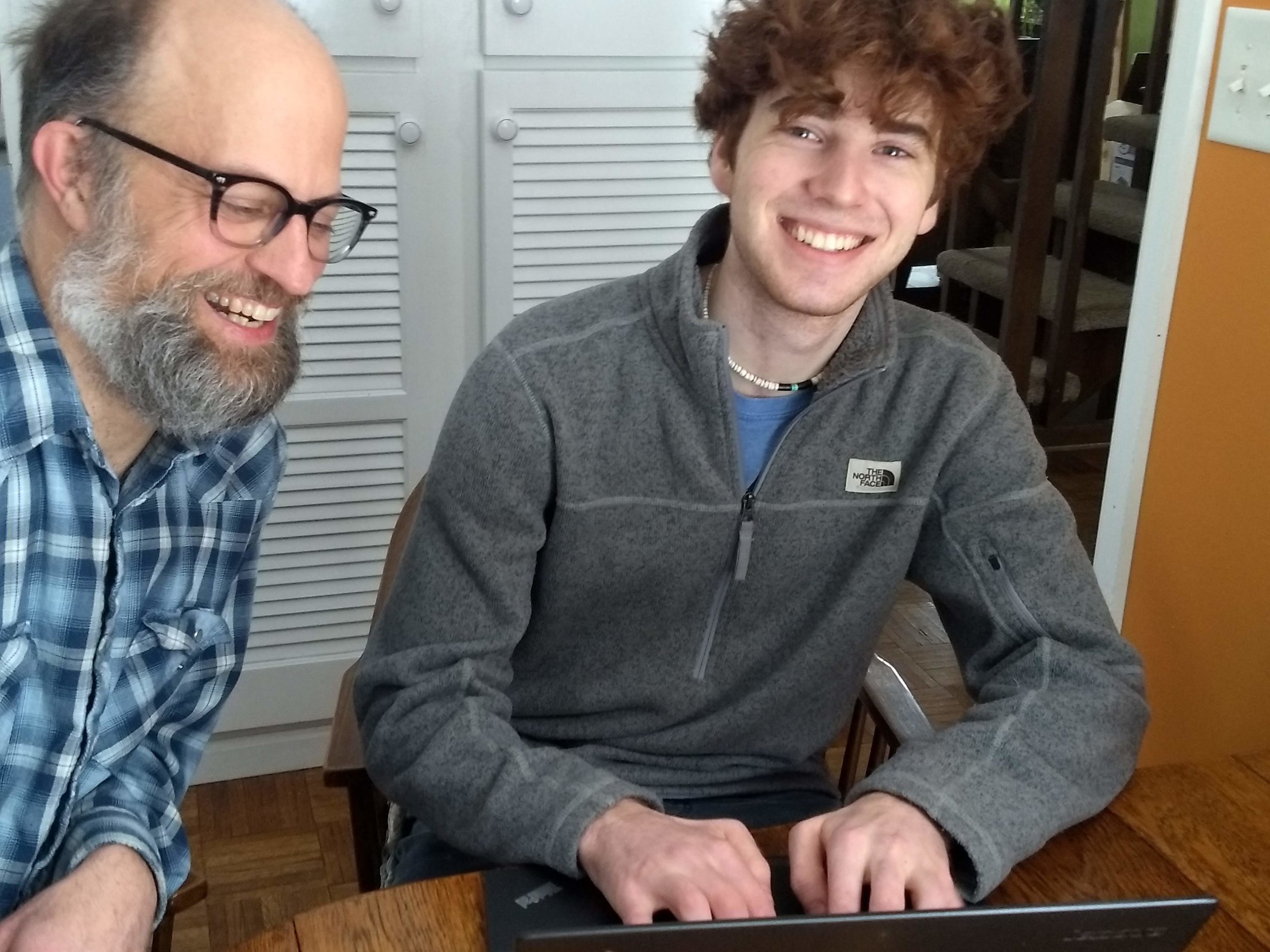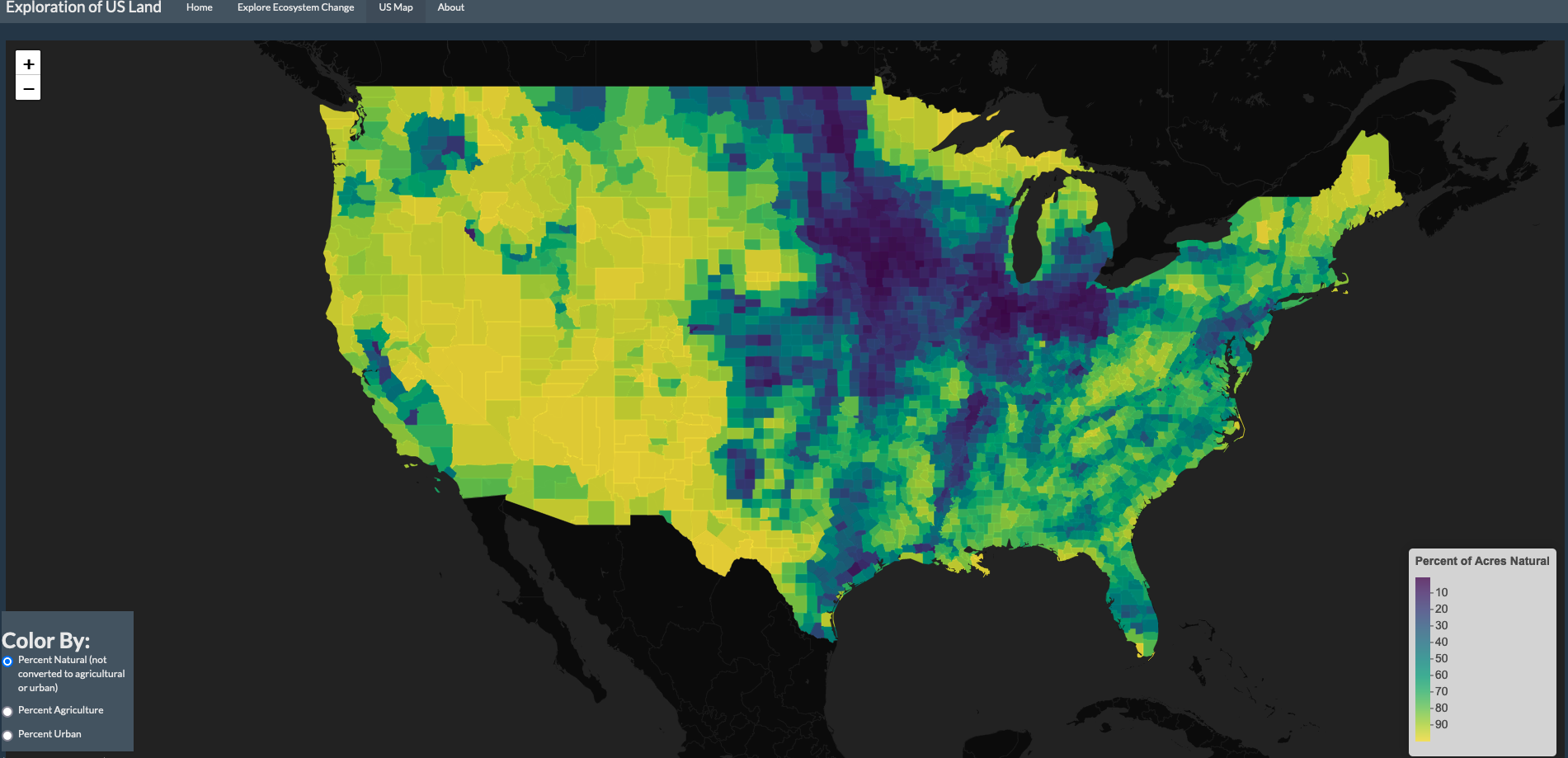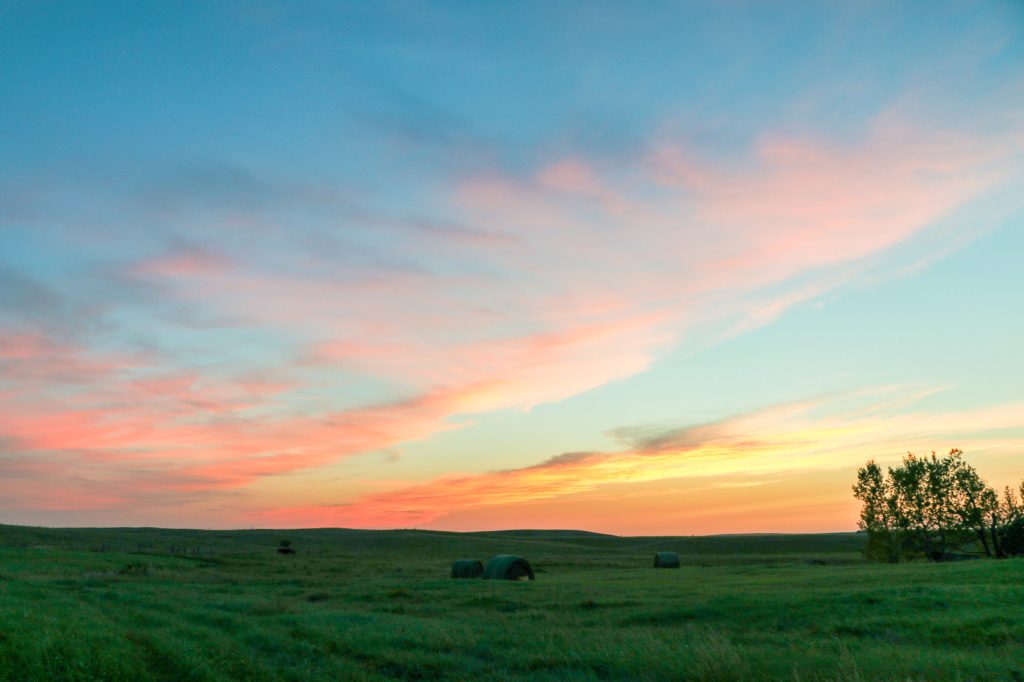On June 29, 2019 at 8:02 pm, I received a call from Mat’s mom. She informed me her 19-year-old son, Mat had broken his neck after diving into shallow water.
I still have the voicemail she left, and I distinctly remember seeing the photos of his shattered vertebrae the next day. Mat and I met about 10 years ago when his mom offered to have our family move in (she had only met me for a few minutes in a coffee shop) for a couple of months while we were between homes.
Mat is one of the most charismatic, fun, athletic, and intelligent young people I know who had just learned a painful (and potentially tragic) lesson in a lake he had swam at many times before. He was weeks away from heading to the University of Michigan to study computer science and instead he found himself remembering the moment of impact underwater, followed by the knee-jerk thought “my mom will kill me if I don’t live.”
Fast forward a few weeks. Mat’s body is recovering through exercise and measured movements, but his mind is restless. His mom and I found ourselves chatting over coffee and we quickly hatched a plan.
I would mentor Mat on a project that would require him to learn another computer language called R and put his new skill to work. He signed up to do an internship with me, joined a loose group of students and volunteers called the Conservation Data Lab, and got to work.
Big Data for Big Questions
Mat fearlessly and immediately began work on his R internship. As soon as we had the software installed on his computer, he wanted a project. When I quizzed him about his interests, he said he wanted to analyze “big data.” Aiming to please, I sent him a spreadsheet that had many layers of information, including how much agricultural, developed, and natural areas is in each U.S. county, and acres of each ecosystem remaining in the U.S.
It also included the quantities of each ecosystem remaining in the U.S. In all, the spreadsheet was about 240,000 rows.

He began to investigate the data by organizing, formatting, and performing exploratory analyses. That kept him busy for a while…and then questions started to emerge.
For example, he wondered what ecosystems have been mostly converted to agricultural/developed and which counties had the most natural areas? I began to wonder if his data exploration could become something useful to people interested in data visualization and conservation action.
We decided that Mat would build a web app that would allow users to explore information related to those two questions. We started in on creating a map that would allow users to click on datasets, prompting a map to redraw, which would then cue an interactive chart with historical and current acres of each ecosystem to appear.
This kept Mat busy for a good while, he taught himself the coding language and web app architecture which required a great deal of perseverance and creativity. For example, after getting his first counties map to display correctly, he discovered that the classification system from which he based his map on created a confusing display of colors and grids.
Problems like this were common, but luckily, he had the determination, and we had the members of the Conservation Data Lab to help.
Where There’s a Will, There’s a Web App
The result of this hard work and exercise in patience and determination is a shiny, new Exploration of U.S. Land web app that can help anyone interested in visualizing and exploring land change and/or conversion in the U.S.

We learned a lot from each other through this. I am most impressed with the fearless coding and sheer grit I witnessed from Mat. He would often say, “let’s run this line of code, we’ll just undo if it breaks the app.” Nothing to lose.
Mat now has a better understanding of ecosystem loss and land conversion than probably any 20-year-old in the country. He has been staring at it for months and understands the importance of viewing these ecosystems from the perspective of understanding what ecosystems are left, not what ecosystems have been lost.
I think this attitude has been a major factor in Mat’s (almost full) recovery. The last time I saw Mat he was speeding along on his mountain bike, headed for a northern Michigan hardwoods forest.
The Conservation Data Lab was proud to support Mat’s recovery and fearless work on this useful tool and we are excited to share it with community at TNC and beyond.




Join the Discussion